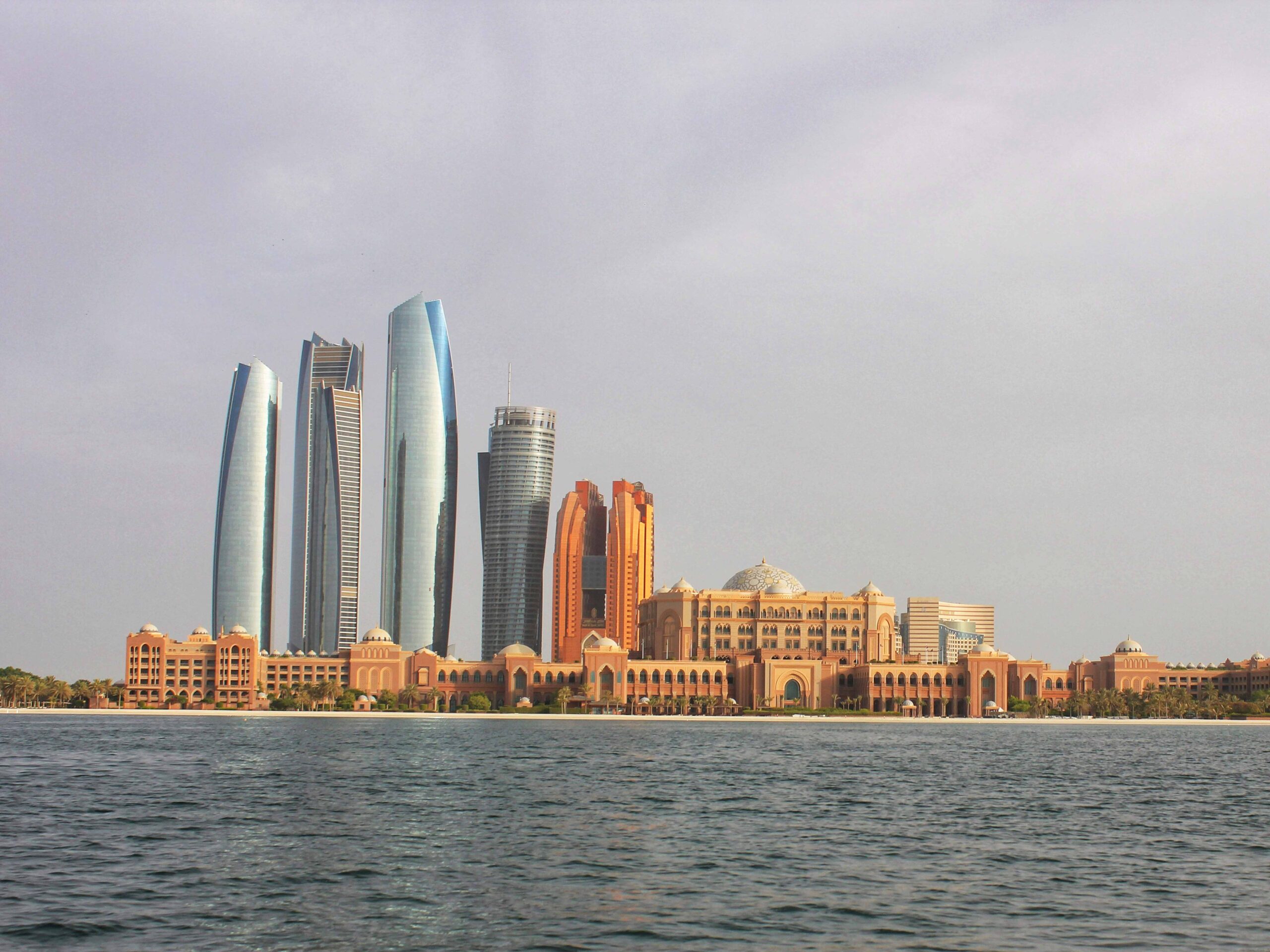
The Future of Abu Dhabi Real Estate: Mega Projects Reshaping the Capital
Oct 31, 2025 - 8 m. reading time
Abu Dhabi’s real estate transformation extends beyond market metrics into fundamental infrastructure developments that redefine the emirate’s global property position. The first half of 2025 witnessed AED 52 billion in transactions, representing a 39 percent increase compared to 2024. Yet strategic mega projects currently under development establish long-term value drivers that will influence residential and commercial sectors for decades, creating investment opportunities tied to infrastructure completion rather than speculative market cycles.
Saadiyat Cultural District: Infrastructure Completion 2025
The Saadiyat Cultural District represents Abu Dhabi’s most comprehensive cultural infrastructure investment, with construction reaching 76 percent completion. Multiple world-class institutions scheduled for year-end opening fundamentally alter Saadiyat Island’s investment profile.
Guggenheim Abu Dhabi, designed by Frank Gehry, provides 30,000 square meters across four levels in an 88-meter structure with nine cone-shaped galleries focusing on contemporary art from 1960 to present. The Natural History Museum spans 35,000 square meters, presenting a 13.8 billion-year narrative with research facilities and signature exhibits including the Tyrannosaurus rex “Stan.”
Zayed National Museum honors UAE founding president Sheikh Zayed through exhibitions celebrating national history. The design incorporates five solar thermal towers functioning as natural cooling while referencing traditional falcon imagery. TeamLab Phenomena introduces 17,000 square meters of immersive digital art.
Louvre Abu Dhabi Residences provides 400 apartments with exclusive museum access and art consultations. Mandarin Oriental Residences offers 228 homes with access to 3,500 square meters of dining and 60,000 square meters of retail at Saadiyat Grove.
Saadiyat Island recorded AED 5.6 billion in Q1 2025 transactions, leading Abu Dhabi locations. Villa prices increased 28 percent year-on-year in the first half of 2025.
Hudayriyat Island: Sports and Lifestyle Development
Hudayriyat Island by Modon Properties encompasses over 51 million square meters with 53.5 kilometers of coastline including 16 kilometers of beaches, expanding the emirate’s waterfront inventory.
Surf Abu Dhabi, the world’s largest artificial wave facility, opened in 2024. Velodrome Abu Dhabi provides the region’s first UCI Category 1 indoor cycling track with a 600-meter rooftop track offering panoramic views. The urban park spans 2.25 million square meters with cycling tracks, mangrove walks, and event venues.
Nawayef Mansions offer beachfront villas from AED 50 million. Nawayef Park Views provides apartments averaging AED 3.56 million. Sports facilities, parkland, and beachfront access create differentiated value attracting investors seeking emerging opportunities with defined completion timelines.
Yas Island: Entertainment Expansion
Yas Island continues expansion through strategic additions. Disneyland Abu Dhabi, Disney’s first Middle Eastern location, enhances tourism infrastructure alongside Ferrari World, Yas Waterworld, and Warner Bros. World. This concentration creates sustained tourism demand supporting hospitality and short-term rental markets.
Sustainable City – Yas Island represents a $490 million development with 864 units targeting net-zero energy through renewable sources, car-free zones, and vertical farming. Sama Yas provides 234 units pursuing LEED Gold certification.
Property sales surged in Q1 2025 as part of emirate-wide growth exceeding AED 25 billion. Yas Island commands Abu Dhabi’s highest price points with projections indicating continued outperformance once entertainment projects reach operations.
Etihad Rail: Regional Connectivity
Etihad Rail development represents transformational transportation infrastructure linking Abu Dhabi, Dubai, and other emirates through high-speed rail service. The system will operate at speeds reaching 350 kilometers per hour, reducing Abu Dhabi-Dubai travel time to just 30 minutes while connecting urban and regional routes across the UAE. Station locations in Abu Dhabi, Dubai, Sharjah, and Fujairah will integrate with existing metro and bus networks, creating comprehensive public transportation alternatives to automobile dependency.
This connectivity fundamentally influences residential market dynamics by expanding commuting options and potentially supporting price appreciation in areas near station locations. Properties adjacent to planned stations benefit from enhanced connectivity to employment centers, entertainment venues, and cultural institutions, creating value premiums similar to those observed in metro-adjacent developments in established global cities. The rail infrastructure operates on multi-year implementation timelines, rewarding investors who enter markets ahead of completion milestones rather than responding to post-delivery price appreciation.
Conclusion
Abu Dhabi’s mega project strategy demonstrates coordinated development across cultural, sports, entertainment, and transportation infrastructure sectors. Saadiyat Cultural District’s 2025 completion establishes the emirate as a global cultural destination supporting sustained residential demand in premium segments. Hudayriyat Island’s world-class sports facilities and extensive urban parkland create lifestyle amenities attracting family and active demographics seeking differentiated value propositions. Yas Island’s entertainment expansion through Disneyland and sustainable communities reinforces its diversified appeal to tourists, residents, and long-term investors.
The 39% transaction growth during the first half of 2025 reflects deep investor confidence in Abu Dhabi’s development execution capabilities and transparent regulatory frameworks. Unlike conventional real estate cycles driven primarily by supply-demand imbalances, Abu Dhabi’s growth trajectory connects directly to tangible infrastructure catalysts with measurable completion timelines and defined economic impacts.
These mega projects position Abu Dhabi beyond competing Gulf markets through differentiated cultural programming, world-class sports infrastructure, and exclusive international entertainment partnerships. Investment strategies aligned with project completion phases, entering Hudayriyat developments ahead of Velodrome activation, or acquiring Yas properties before Disneyland operations commence, capture appreciation tied to infrastructure activation rather than speculative market sentiment. The emirate’s comprehensive mega project pipeline creates sustained value drivers extending through the decade, supporting strategic long-term capital deployment across residential and commercial real estate sectors.
